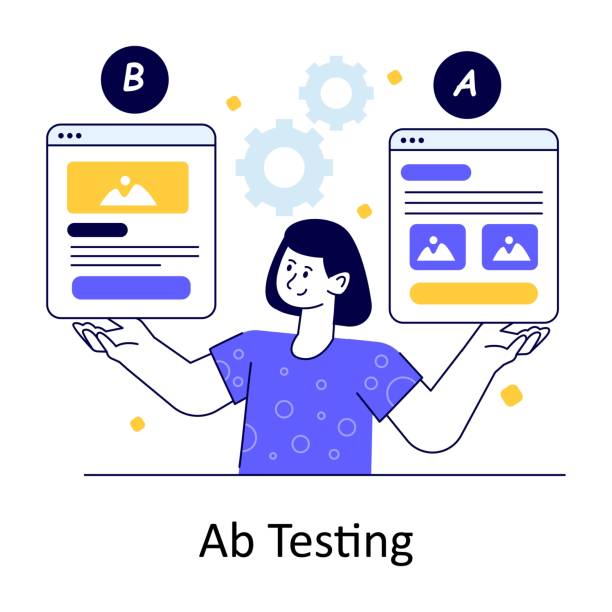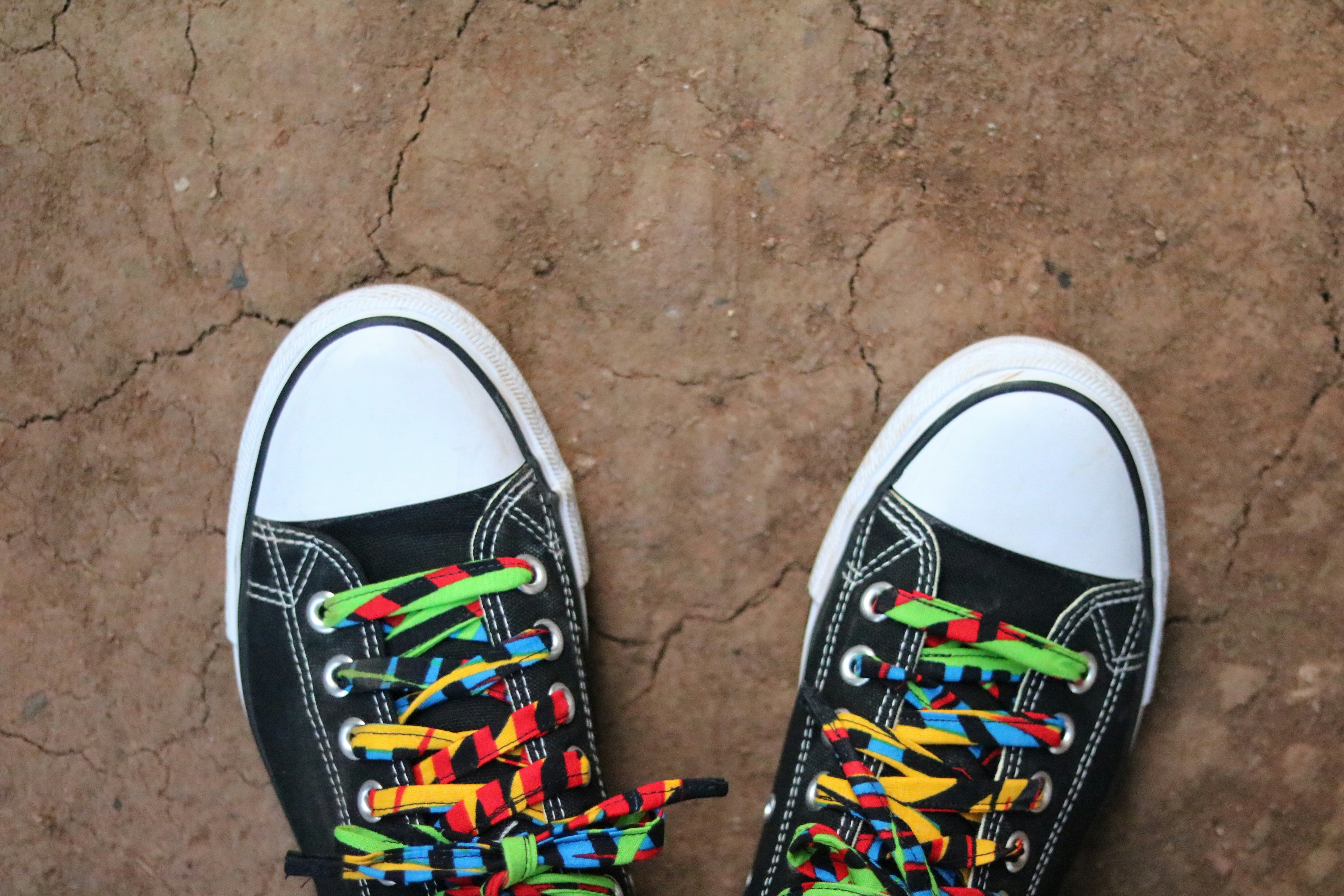
A/B Testing Event Landing Pages to Maximize Registrations
For event marketers and digital marketers, driving registrations is the ultimate measure of success. But what happens when your landing page traffic isn’t converting? That’s where A/B testing comes in—a data-driven approach to identifying what works and optimizing for maximum impact.
Here’s a guide to mastering A/B testing for event landing pages to ensure your hard-earned traffic translates into registrations.
1. Start with a Clear Hypothesis: Define Your Mission
Why It’s Critical: Without a hypothesis, you’re essentially testing blindly. A clear hypothesis ensures you’re gathering meaningful insights that directly improve your landing page performance.
How to Do It:
- Identify Weak Points: Analyze metrics like bounce rate, time on page, and form completion rate to find problem areas. For example, are visitors leaving before clicking “Register”?
- Define Your Goal: Decide what you’re testing for—higher form submissions, more clicks on CTAs, or longer time spent on the page.
- Craft a Hypothesis: Start with statements like, “Changing the CTA text will increase registrations by 10%” or “Adding testimonials will reduce bounce rates.”
2. Focus on High-Impact Elements First
Why It’s Critical: Not all page elements carry the same weight. Testing the right variables can lead to faster and more significant improvements.
High-Impact Elements to Test:
- Headline: Your headline is often the first thing visitors see. Does it grab attention and clearly convey the event’s value?
- Call-to-Action (CTA): Experiment with different placements, colors, and phrases. For example, “Sign Up Now” might outperform “Register Today.”
- Form Length: Shorter forms generally perform better. Try removing unnecessary fields to reduce friction.
- Visuals: Test using event photos, speaker images, or vibrant graphics to see what resonates with your audience.
3. Test One Variable at a Time
Why It’s Critical: Changing multiple elements simultaneously makes it difficult to pinpoint what’s driving the results. A single-variable approach keeps your findings accurate and actionable.
How to Do It:
- Run Isolated Tests: Focus on one element at a time, such as the CTA text or background image.
- Set a Control Version: Keep the original version of your page as the control and compare it against the variant.
- Be Patient: Wait until you’ve collected enough data to draw reliable conclusions. Premature changes can lead to false insights.
4. Use Tools to Simplify Testing
Why It’s Critical: The right tools streamline the A/B testing process, saving you time and reducing manual errors.
Recommended Tools:
- Convert: Enterprise-grade A/B testing features at self-service prices.
- Optimizely: A robust option for more advanced testing and personalization.
- Unbounce: Perfect for creating and testing event-specific landing pages without needing a developer.
- VWO: This end-to-end platform enables experience testing with an easy-to-use interface, key integrations, and a data-driven approach to boost conversions.
5. Optimize for Mobile Visitors
Why It’s Critical: Mobile users account for a significant portion of event registrations. If your landing page isn’t mobile-friendly, you could lose potential attendees.
How to Do It:
- Test Mobile-Specific Variations: Focus on mobile layouts, button sizes, and load times.
- Simplify Navigation: Ensure critical information is visible without scrolling.
- Check Form Usability: Optimize forms for touchscreens with larger input fields and autofill functionality.
6. Leverage Social Proof to Build Trust
Why It’s Critical: Trust is a major factor in conversion rates, especially for first-time event attendees. Social proof reassures visitors that your event is worth their time and money.
How to Do It:
- Test Testimonials: Display quotes from past event attendees or speakers. Variants could include testimonials with photos versus text-only quotes.
- Showcase Numbers: Use stats like “Join 500+ industry leaders” or “Over 90% of attendees recommend our events.”
- Add Logos: Include logos of partners, sponsors, or past attendees’ organizations to boost credibility.
7. Analyze the Results and Iterate
Why It’s Critical: The power of A/B testing lies in the insights it provides. Acting on these findings and iterating is key to continuous improvement.
How to Do It:
- Compare Metrics: Measure changes in page engagement, form completions, and bounce rates to identify the winning variant.
- Look for Patterns: Over time, patterns may emerge that reveal what consistently works for your audience.
- Apply Insights Elsewhere: Use what you learn on landing pages to optimize other marketing materials, like email campaigns or ads.
8. Make Data-Driven Decisions
Why It’s Critical: A/B testing removes guesswork and ensures your decisions are based on real data, not assumptions.
How to Do It:
- Document Your Findings: Keep track of what you’ve tested and the results. This creates a reference for future campaigns.
- Test Regularly: Even winning variations can be improved. Seasonal changes, audience shifts, or new trends may affect what works.
- Share Results with Your Team: Collaborate with other departments to ensure your insights benefit the broader marketing strategy.
Take Control of Your Event Landing Pages
A/B testing is one of the most powerful tools in your event marketing arsenal. By systematically refining your landing pages, you can turn traffic into registrations and ensure your events achieve their full potential.
Need help setting up A/B tests or optimizing your landing pages? Let’s work together to create data-driven solutions that drive results. Contact UnFair Advantage to get started!
Conversion Rate Optimization Services in Houston, Conversion Rate Optimization Services in San Antonio, Conversion Rate Optimization Services in Waco, Conversion Rate Optimization Services in Austin, Conversion Rate Optimization Services in Fort Worth, Conversion Rate Optimization Services in Dallas

